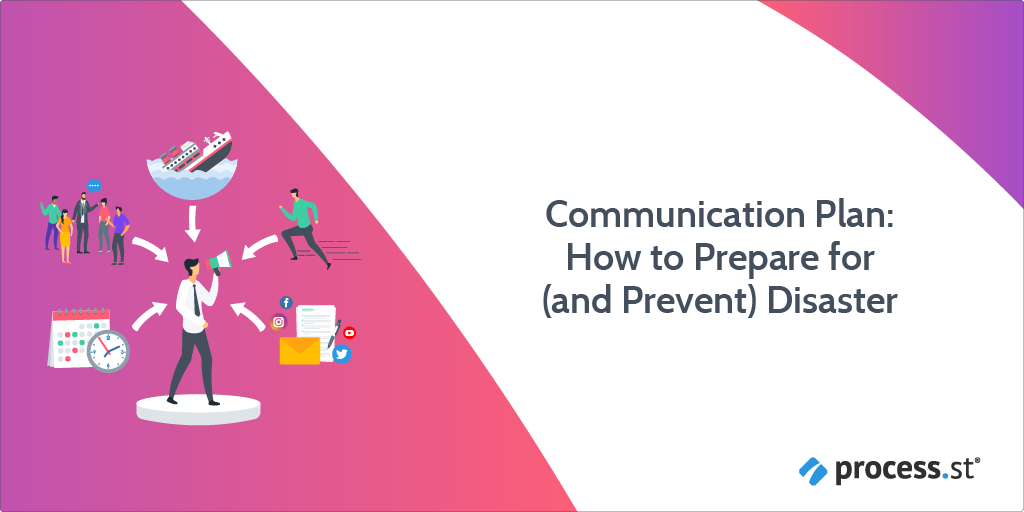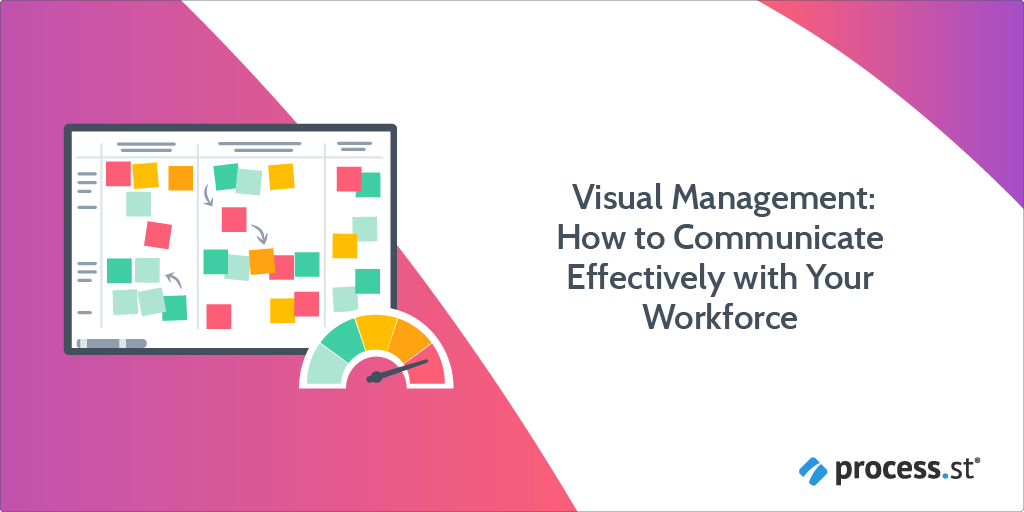
I don’t want to alarm you, but without process control, you’d be dead.
What? How? Why? …What?!
Your body is continuously performing a series of processes to keep you alive, and it’s constantly checking for irregularities in these processes. If it picks up an abnormality, it immediately takes measures to regulate it and return it to its desired state. Like when you’re too hot, for example. Your body recognizes that your temperature is above normal and produces water, in the form of sweat, to cool you down.
So you see, process control is the reason you’re alive and able to enjoy this Process Street post!
But this isn’t a lesson in biology (thankfully); the same concept can be applied to organizations too.
With adequate process control, businesses can perform efficiently, effectively, and safely. They can function at a consistent level and can even reduce operating costs by up to 6%. Without it, they would miss opportunities, make costly mistakes, and struggle to survive.
“Process control is the ability to monitor and adjust a process to give a desired output.” – Beck Electric Actuators, What is Process Control?
To discover how process control can cut costs and eliminate errors within your organization, we need to find answers to the following questions:
- What is process control?
- Who uses process control & what do they use it for?
- Why should organizations use process control?
- How can you implement process control with Process Street?
To satisfy your curiosity (and return your body back to its normal state!), you’d better keep reading…
Continue Reading















